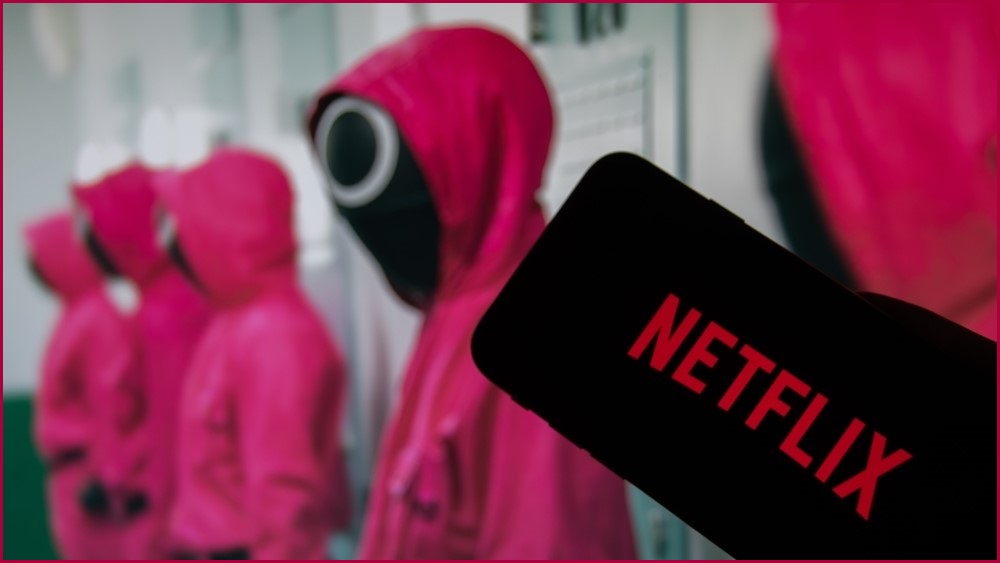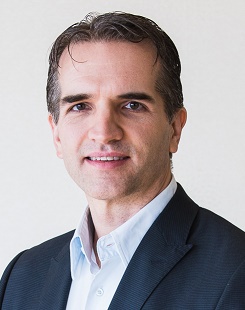Streaming giant Netflix will enable collection of detailed Australian audience numbers for the first time, joining OzTam’s Streamscape ratings program in a move that will end years of strategic obfuscation and help it better fight free-to-air (FTA) giants for advertiser dollars.
The decision to join Streamscape – a new streaming video panel that was launched in April and monitors home router traffic to track everything that’s streamed – will provide detailed data about which Netflix shows are and aren’t being watched across Australia.
Some 4,600 streaming meters are already installed across Australia, Oztam CEO Karen Halligan told a recent industry conference, and more than 5,000 others are due online soon, delivering “close to population representation” when the data is extrapolated nationwide.
The ability to track actual Netflix viewing in the same way that FTA networks have been monitored for years, she said, “will give you a real sense of exactly how much time people are spending with streaming services.”
This, in turn, will give advertisers – who target the increasingly popular discounted advertisement-supported plans offered on Netflix, Amazon Prime Video, and other services – better information to apportion their advertising spend between FTA and streamers.
Going where viewers are
Validation of Streamscape by Australia’s largest streaming service throws down a gauntlet as streamers push into territory long dominated by FTA giants.
Netflix has 6.9 million local subscribers, compared to Disney+’s 3.6 million and Amazon Prime’s 3.5 million.
The other networks haven’t yet indicated their intentions around Streamscape, but they may need to follow suit soon as the move of advertising dollars to streaming services is already well underway, with Netflix’s new office open, and local revenues up to $1.3 billion.
Video sites and streaming services increased advertising demand by 17.8 per cent this year compared to last year – with Statista, for one, observing “remarkable growth” as brands throw an estimated $1.1 billion ($US698.47 million) this year alone – to sell to viewers.
Those viewers are streaming so much content that video advertising is now worth more than display advertising, signalling a sea change in an industry whose fortunes rise and fall based on changing viewership habits.
Moving on from a history of obfuscation
Australia isn’t the first country in which Netflix has joined audience measurement programs: it joined the US Nielsen ratings program in 2022, after launching its advertising-supported tier, and has subsequently done the same in Mexico, Poland, France, and Germany.
It’s a significant change after years in which streaming networks fought on subscriber numbers but avoided saying too much about their viewership.
Netflix, like its rivals, only trumpeted the viewership of its most successful programs until it started publishing biannual viewership figures that include detailed ratings rundowns.
Deciding on a common way of measuring audiences has been contentious in the TV and streaming industry, with different ideas about issues such as how long viewers need to watch a video for it to count as a view, and how to compare TV and broadcast viewership.
Some streaming platforms, for example, have created their own metrics and pushed to be able to provide their own viewership figures – a big enough issue that Nielsen, for one, had to get approval to combine the two types of data.
OzTAM is the gold standard for measuring audiences in Australia, but the firm has had to regularly update its panels – its Virtual Australia (VOZ) was launched in 2023 to broad support – to keep up with viewing changes such as the shift to episodic streaming shows.
With Netflix now part of the Streamscape ecosystem, and OzTAM courting other streaming services to improve comparisons between all FTA and streaming services, the demographic and viewing data it provides will increasingly see advertiser budgets diverted to streamers.
“The Netflix partnership is a meaningful step towards unified, total video measurement,” OzTAM CEO Karen Halligan said, promising “rich, accurate, and actionable audience insights to the industry… no matter which screen content is consumed on, or who it is delivered by.”










